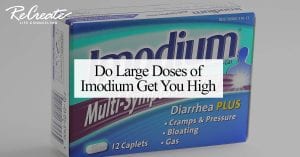
Tag: Opiates
An opiate, in classical pharmacology, is a substance derived from opium. In more modern usage, the term opioid is used to designate all substances, both natural and synthetic, that bind to opioid receptors in the brain

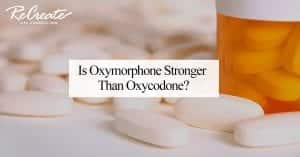
Is Oxymorphone Stronger Than Oxycodone?

Can You Buy Codeine Over the Counter?
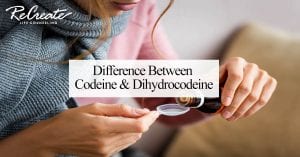
Codeine vs Dihydrocodeine
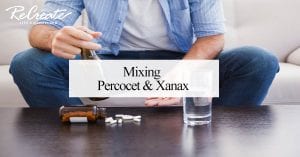
Mixing Percocet and Xanax

Using Opiates While on Subutex
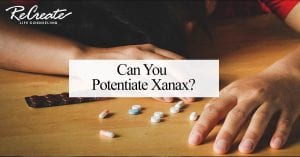
Can You Potentiate Xanax?

Mixing Suboxone and Valium
